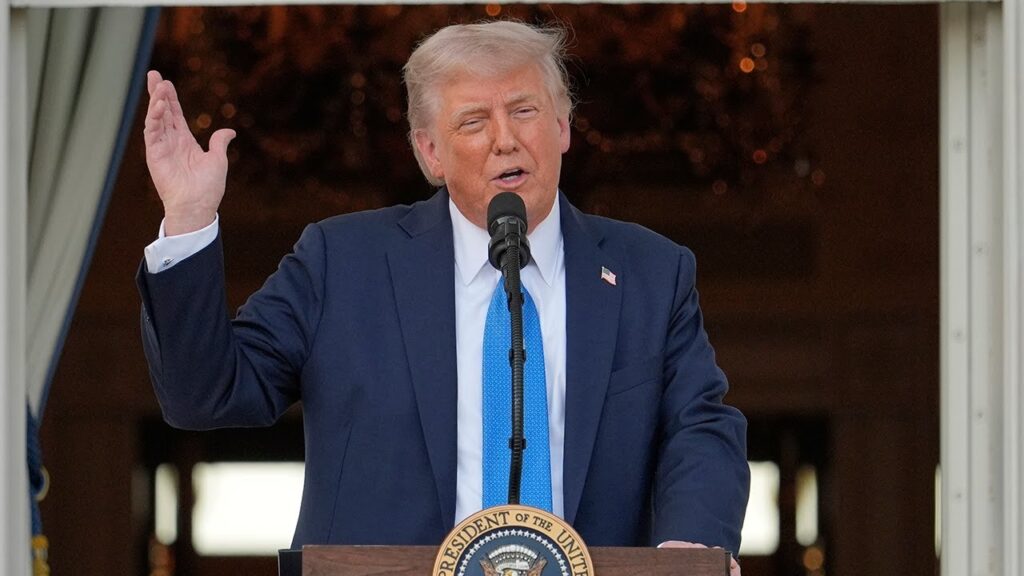
Introduction
The travel bans initiated during Donald Trump’s presidency remain a significant topic of discussion, particularly in the context of immigration policy and national security. Enacted in 2017, these bans sparked widespread debate about their implications for international relations and domestic security. As a result, they have attracted scrutiny and analysis, making their effects relevant to ongoing discussions about immigration reform in Canada and the United States.
Overview of the Travel Bans
The first travel ban, issued shortly after Trump took office, targeted seven majority-Muslim countries: Iran, Iraq, Libya, Somalia, Sudan, Syria, and Yemen. The initial order faced immediate backlash, resulting in numerous legal challenges and protests across the United States. This led to the revised ban in March 2017, which removed Iraq from the list of targeted countries but continued to restrict travel from the remaining six nations, with restrictions on certain visa applicants. The courts were actively involved throughout these developments, leading to several iterations of the bans, culminating in a Supreme Court ruling that upheld the final version in 2018.
Impact on Immigration and Tourism
The impact of the travel bans extended beyond the immediate enforcement and legal battles. Statistics showed a significant decrease in travelers from the affected countries. According to the U.S. Department of Homeland Security, visas issued to citizens from the banned countries dropped sharply, indicating that the bans severely restricted personal and professional ties for those wishing to visit or migrate to the United States. Furthermore, the bans affected tourism, with potential tourists often viewing the U.S. as less welcoming, impacting businesses reliant on international travel.
Current Status and Future Implications
With a new administration in place, the Biden administration has sought to reverse the travel bans, signaling a shift towards a more inclusive immigration policy. However, the legacy of these bans continues to be felt, as they have fostered a climate of fear and uncertainty among immigrants and travelers from the affected nations. Analysts suggest that the long-term effects could influence policy discussions around immigration reform and the perception of the U.S. abroad.
Conclusion
The travel bans initiated by former President Trump represent a critical point in U.S. immigration policy, reflecting broader tensions around national security and multiculturalism. Their impact on immigration patterns and perceptions of the U.S. is significant and complex, highlighting the need for ongoing dialogue about the future of immigration policy in North America. As countries like Canada navigate these waters, understanding the ramifications of such bans is crucial for fostering equitable and inclusive immigration systems.






